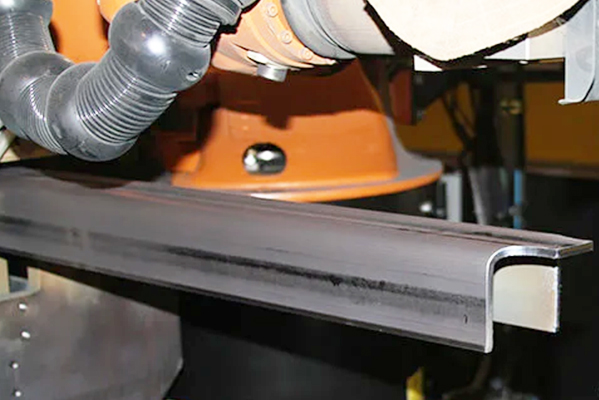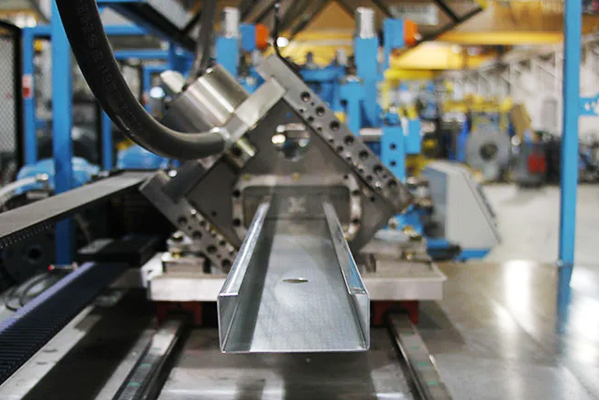Navigation Menu
Contact Us
- Email:
- info@wxavatar.com
- Address:
- Yurong Village, Yuqi Street, Huishan District, Wuxi, China.
Release Date:Jun 20, 2025 Visit:26 Source:Roll Forming Machine Factory
In recent years, the railroad industry has experienced significant changes driven by advancements in railroad components equipment. These innovations are shaping how rail systems operate and maintain performance levels. But how exactly are these technological updates contributing to improved operational efficiency?

Smarter Monitoring Systems for Reduced Downtime
One of the most noticeable improvements in railroad components is the integration of intelligent monitoring systems. Modern railroad equipment now includes sensors that can track wear, temperature, and performance in real time. By identifying potential issues early, these systems help maintenance teams take proactive steps to prevent equipment failure, reducing unexpected downtime and keeping operations on schedule.
Improved Durability of Key Components
Advancements in manufacturing processes have led to more durable railroad components, such as axles, bearings, and braking systems. Enhanced material selection and precision engineering contribute to extended service life, which means less frequent part replacements and fewer interruptions to operations. This directly supports smoother logistics and more stable scheduling.
Enhanced Automation in Equipment Handling
Automated systems for handling and assembling railroad components are also becoming more common. Automation not only speeds up the production and maintenance processes but also minimizes human error. As a result, companies can achieve faster turnaround times while maintaining consistency in quality.
Modular Designs for Easier Maintenance
Many manufacturers are now offering modular designs for railroad components equipment. These designs allow for quicker part replacements and simplified repairs. Maintenance teams can efficiently swap out worn or damaged parts without dismantling large sections of equipment, significantly improving repair speed and reducing labor costs.
Precision in Track Alignment and Wheel Interaction
Innovative track measurement and alignment equipment have improved the accuracy of rail installations and maintenance. Precise alignment ensures smoother wheel-to-track interaction, reducing friction and enhancing the lifespan of both the track and rolling stock. This contributes to better energy efficiency and consistent train performance.

Conclusion
Innovations in railroad components equipment are steadily enhancing the operational efficiency of rail systems worldwide. From smarter monitoring and improved durability to advanced automation and modular designs, these developments are streamlining processes and reducing costs. As the industry continues to adopt new technologies, railroad operators can look forward to more reliable and efficient operations.